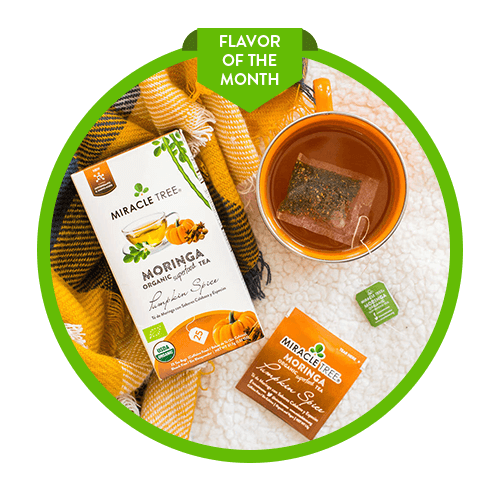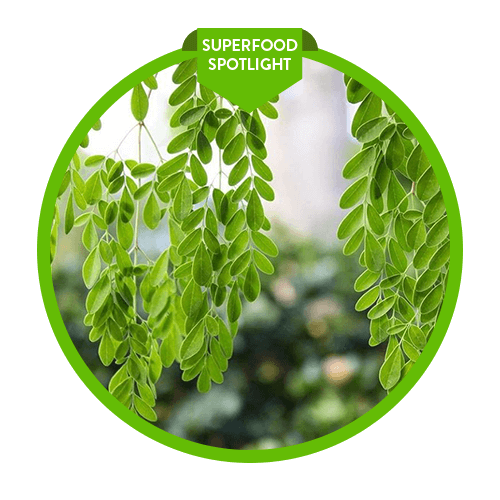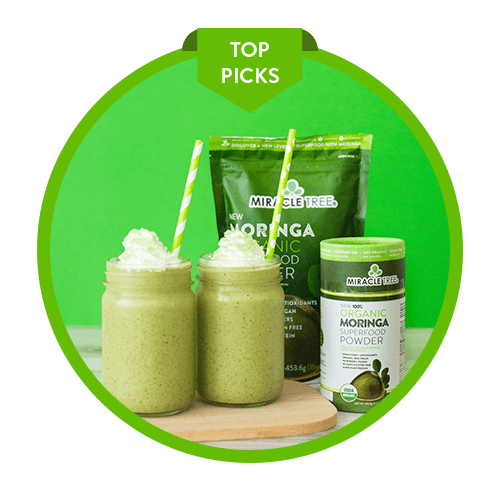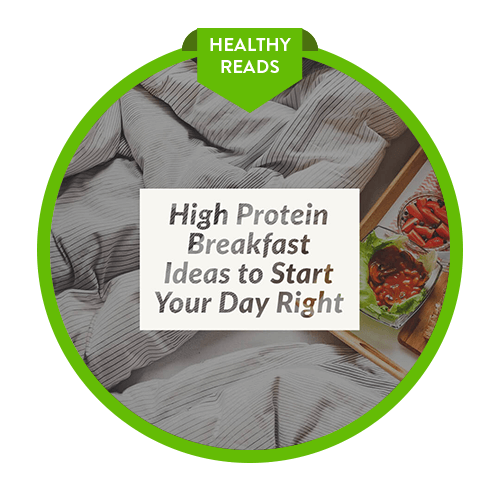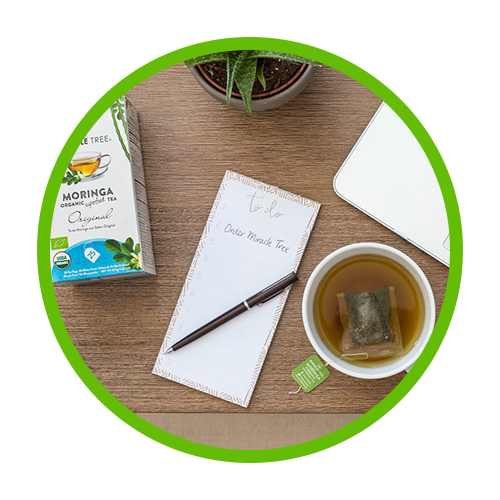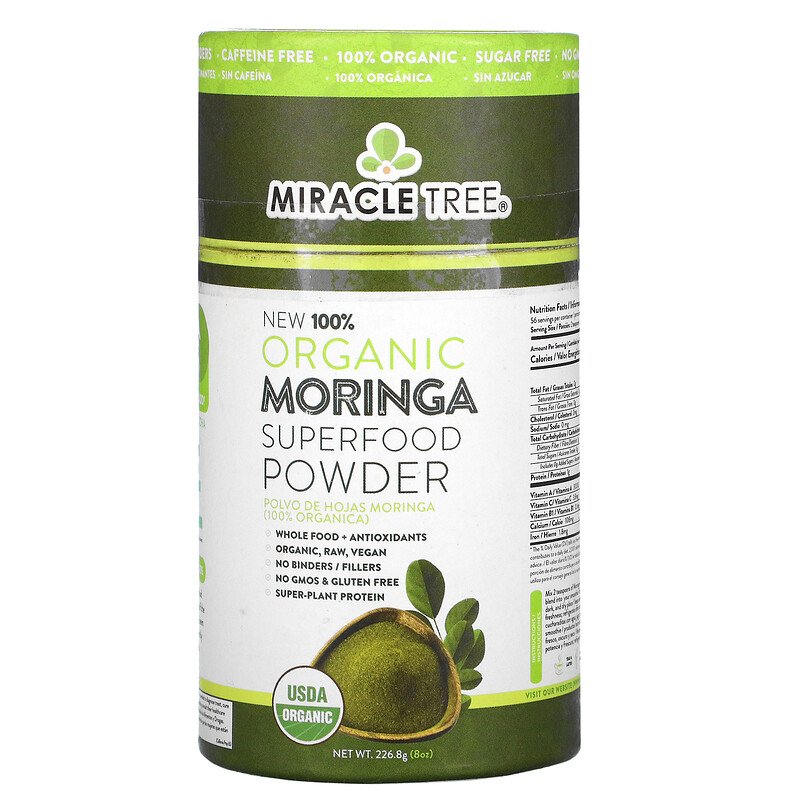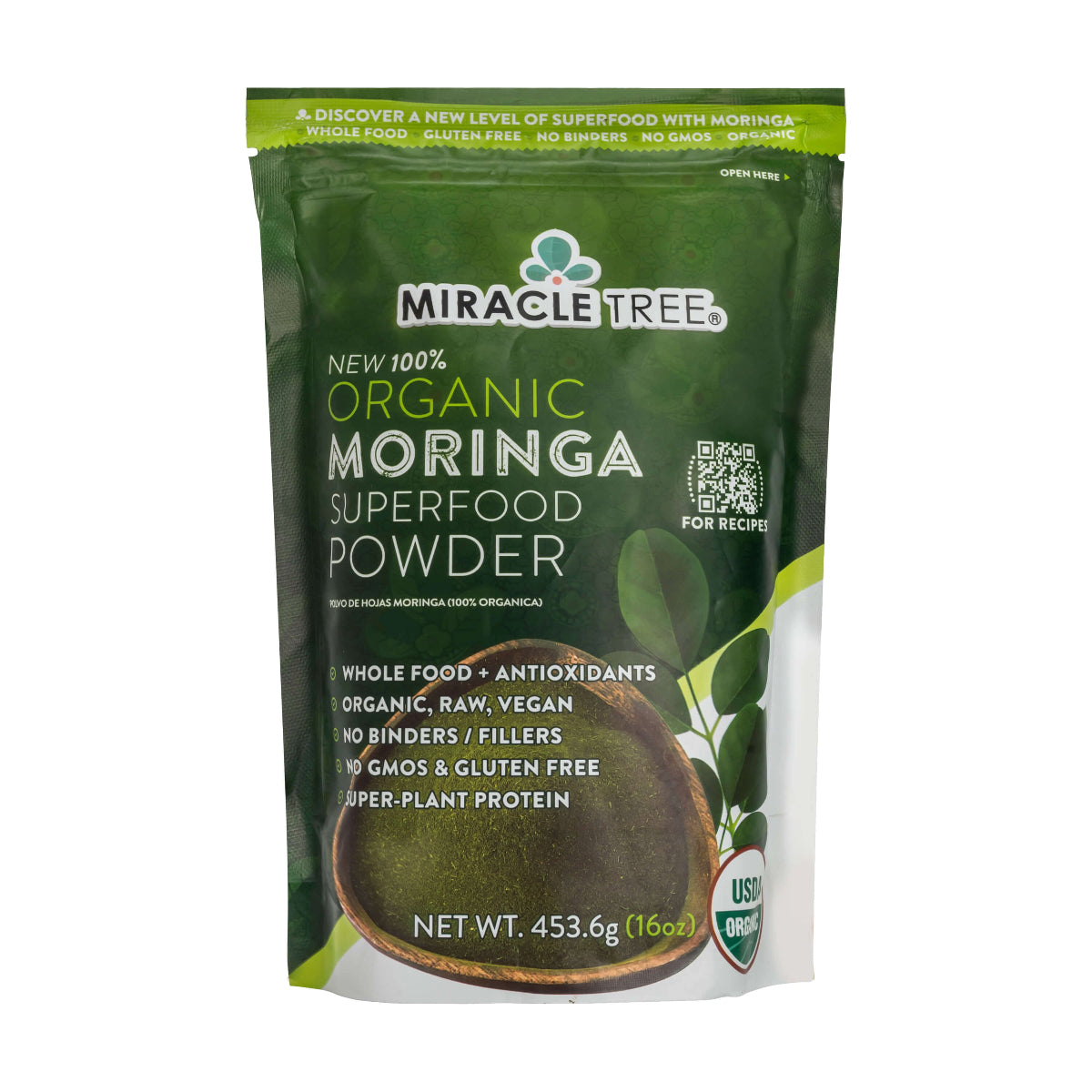The way we cook our food is as important as the way we prepare and store it. Inadequate cooking is a common cause of food poisoning. Cross contamination from raw to cooked foods, such as from hands or utensils, can also cause food poisoning. Most foods, especially meat, poultry, fish and eggs, should be cooked thoroughly to kill most types of food poisoning bacteria. In general, food should be cooked to a temperature of at least 75 °C or hotter. When food is cooked, it should be eaten promptly, kept hotter than 60 °C, or cooled, covered and stored in the fridge or freezer. Some people are more at risk from food poisoning than others. Vulnerable groups include pregnant women, young children, the elderly and anyone with a suppressed immune system. Special care should be taken when preparing, cooking, serving and storing food for these groups.
Safety when cooking high-risk foods
Food poisoning bacteria grow more easily on some foods than others. These high-risk foods include: Raw and cooked meat, including poultry such as chicken and turkey, and foods containing them, such as casseroles, curries and lasagna, dairy products, such as custard and dairy based desserts like custard tarts and cheesecake, eggs and egg products, such as mousse, small goods such as hams and salamis, seafood, such as seafood salad, patties, fish balls, stews containing seafood and fish stock, cooked rice and pasta, prepared salads like coleslaws, pasta salads and rice salads, prepared fruit salads, ready-to-eat foods, including sandwiches, rolls, and pizza that contain any of the food above.
High risk foods and the temperature danger zone
Take care with high-risk foods. You should remember: To keep high-risk foods out of the ‘temperature danger zone’ of between 5 °C and 60 °C. If high-risk foods have been left in the temperature danger zone for up to two hours the food should be reheated, refrigerated or consumed. If high-risk foods have been left in the temperature danger zone for longer than two hours, but less than four hours, they should be consumed immediately. Throw out any high-risk foods that have been left in the temperature danger zone for more than four hours. Cook all food to a temperature of 75 °C.
How you cook food is very important. Different foods need a different approach:
Aim for an internal temperature of 75 °C or hotter when you cook food. Heating foods to this temperature kills most food-poisoning bacteria. Use a thermometer to check the internal temperature of foods during the cooking process. Cook mince, sausages, whole chickens or stuffed meats right through to the centre. You should not be able to see any pink meat and the juices should be clear. Cook steak, chops and whole cuts of red meat to your preference as food poisoning bacteria are mostly on the surface. Cook fish until it flakes easily with a fork. Cook foods made from eggs such as omelets and baked egg custards thoroughly.
Food safety with raw eggs
Take extra care when preparing foods that contain raw egg, such as homemade mayonnaise, tiramisu and eggnog. Bacteria present on eggshells and inside the egg can contaminate these types of food and cause food poisoning. Avoid giving food containing raw eggs to pregnant women, young children, elderly people and anyone with a suppressed immune system.
Food safety and microwave cooking
Microwaves are a quick and convenient way to cook food. However, if they are not used correctly, they can cook food unevenly. This may leave food partially cooked or not reaching a uniform temperature of 75 °C. When you cook food in the microwave: Cut food into evenly sized pieces if possible, or put larger or thicker items towards the outside edge of the dish. Cover the food with a microwave-safe lid or microwave plastic wrap. This will trap the steam and promote more even cooking. Rotate and stir food during cooking. Wait until the standing time is over before you check that the cooking is complete. Food continues to cook even after the microwave is turned off.
Cooling and storing food
If you need to store food for later use, wait until the steam stops rising, cover the food and put it in the fridge. This helps keep the food out of the temperature danger zone as fast as possible. Large portions of food cool faster when you put them into shallow trays or divide them into smaller pieces. If you need to keep food warm, keep it hotter than 60 °C and out of the temperature danger zone. Under ideal conditions, cooked food can be stored in the fridge for a few days. If you want to keep cooked food longer, freeze the food immediately after cooling in the fridge. Always store cooked food separately from raw food, especially raw meats, poultry and fish. Keep raw meats and poultry at the bottom of the fridge to avoid raw juices dripping onto other food. Ensure that all food is covered or sealed.
Reheat food to steaming hot
Reheat food until it is steaming hot – above 75 °C or, preferably, boiling. Food should steam throughout, not just on the edges. Take care when reheating food in a microwave oven. Follow the same actions as when cooking with a microwave to ensure all the food is heated to above 75 °C.

